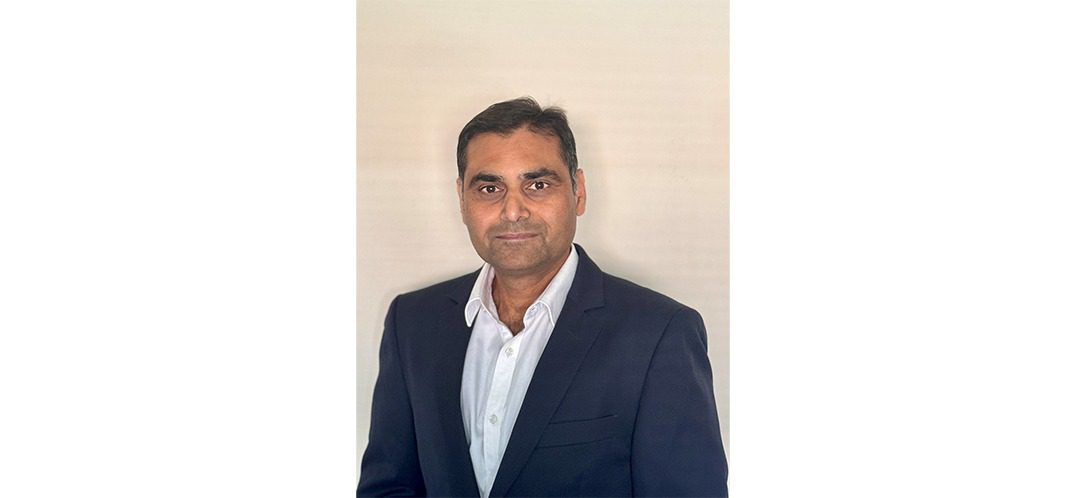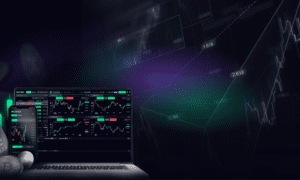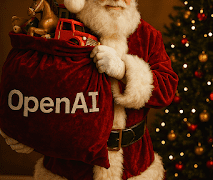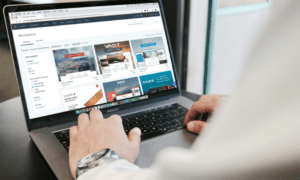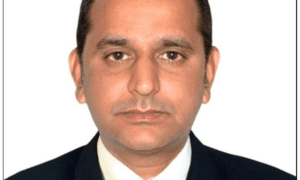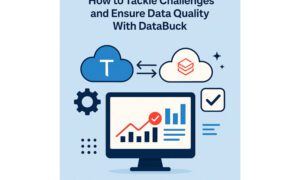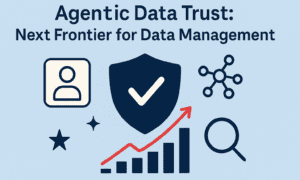SAP software development in the healthcare sector comes with its own set of challenges — for instance, developers often work with sensitive patient data and must comply with strict security measures like GxP standards. Sachin Chaudhari, as a senior solution Architect, expert in SAP technology in healthcare, shares his insights on working in this field, current IT trends in healthcare, and what can help aspiring developers succeed.
What was the starting point of your career as a solution architect? How did you get into system software?
I’ve always been fascinated by computers, even as a child. But when I finished school, chemical engineering was booming, so I pursued a Bachelor of Technology in Chemical Engineering. While that gave me a strong foundation in problem-solving, I kept exploring IT on the side — from 3D modeling to photo editing.
The real turning point came when I discovered SAP software. Designing and solutioning in SAP felt like solving puzzles, except the puzzles were real business problems with direct impact on people and operations. That blend of logic, creativity, and business relevance hooked me immediately.
At first, I treated SAP as a way to challenge myself. But soon, I realized that mapping complex business processes into SAP and designing scalable solutions wasn’t just something I was good at it, it was something I was passionate about. That passion has driven my journey ever since, shaping me into the Solution Architect I am today.
You’re currently working as a senior solution Architect — SAP Software Developer. Could you tell us more about your role and what you do today?
As a Senior Solution Architect specializing in SAP, I lead large-scale digital transformation programs that help global organizations modernize their manufacturing and supply chain operations. In my current role, I focus on helping companies unlock business value through SAP solutions. I design and implement systems that streamline operations, enhance efficiency, and generate measurable cost savings. For example, I’ve led programs that saved millions on operational costs while ensuring regulatory compliance and business continuity. My role is not just about technology, it’s about enabling organizations to run smarter, faster, and more resiliently.
What’s been the most challenging project you’ve worked on, and why?
The toughest project I worked on was helping a global pharmaceutical company completely modernize its technology backbone while ensuring uninterrupted drug production. The challenge was balancing innovation with strict regulatory requirements, something very few professionals in my field can deliver successfully. By leading this program, I was able to create a model of digital transformation that has been recognized as a benchmark, which highlights the extraordinary impact of my work.
You worked on a significant project MES implementation in healthcare company — can you tell us more about it?
I led the implementation of a global MES system for a major healthcare company, which was one of the most complex projects I’ve handled. The goal was to digitalize manufacturing operations and integrate MES with SAP across multiple production sites. The challenge lay in ensuring regulatory compliance with FDA and EMA standards while maintaining uninterrupted production of critical healthcare products. By designing a scalable solution and coordinating global teams, we successfully deployed the MES platform, improving data integrity, process efficiency, and audit readiness across all sites.
You’ve mentioned improving automated tools which reduce manual effort by How did you achieve that?
One of the most impactful solutions I developed was an automation tool for SAP’s QM module, which replaced a completely manual quality result entry process. I created a utility that allowed users to upload results through spreadsheets, simulating the SAP QE01 transaction.
This solution saved 750 hours per month across 30 manufacturing sites, The client was so impressed with the efficiency gains that they expanded the solution company-wide, resulting in a $350,000 follow-on engagement for company. The tool was later adopted into the company’s Spin program and has since been reused by multiple clients.
For me, this project stands out because it demonstrates how I combine technical expertise with a practical business mindset — creating scalable solutions that save time, cut costs, and continue to deliver value across the industry.
What are the key challenges when automating tools? How do you handle them?
When developing an automation tool, one of the key challenges is ensuring data integrity and accuracy. In a system like SAP, even small errors can have significant downstream effects, so I make sure the tool includes validations and checks to prevent incorrect entries.
Another challenge is integration with existing processes. Users are accustomed to manual workflows, so the tool must fit seamlessly into their daily operations without disrupting production. I handle this by collaborating closely with stakeholders, understanding their requirements, and conducting thorough testing in real-world scenarios before rollout.
You’ve mentored engineering teams and judged science and tech awards from Bradon hall group to Future City. How has mentorship influenced your leadership style, and what advice do you give young engineers navigating today’s cloud-native ecosystem and SAP driven enterprise?
Mentoring engineering teams and serving as a judge for prestigious awards — including the Edison Awards, International Science & Engineering Fair (ISEF), Brandon Hall Group, Future City, be Intelligence, as well as chairing international conferences, judging hackathons, and the Delaware Valley Science Fair (DVSF) has profoundly shaped my leadership style. These experiences reinforced that impactful leadership isn’t about giving orders; it’s about empowering others to grow, think independently, and solve problems with confidence.
Through mentorship, I’ve learned to focus on long-term skill development rather than quick fixes. I guide engineers to ask questions, challenge assumptions, and think critically about architecture, system performance, SAP integrations, quality management, automation, security, and cost efficiency. I emphasize the connection between technical decisions and business outcomes, helping them see the bigger picture beyond code.
For young engineers entering today’s cloud-native ecosystem and SAP-driven enterprises, my advice is to master the fundamentals. Understanding core SAP modules, cloud platforms, service scalability, data integration, and how billing models affect design choices is far more valuable than chasing every new tool. A solid foundation enables smart decision-making, adaptability, and innovation in complex, real-world environments.

